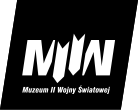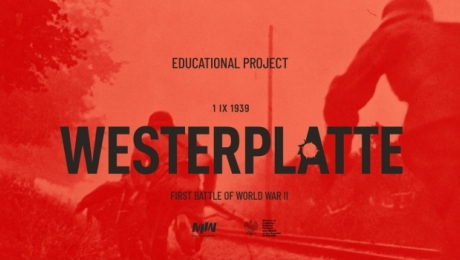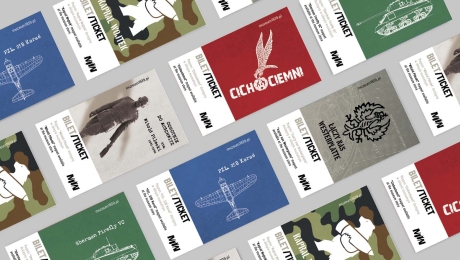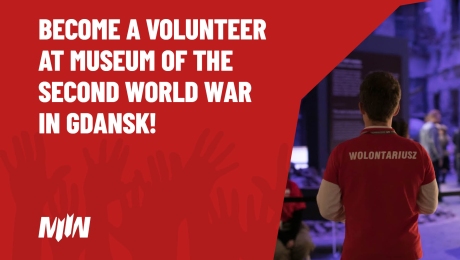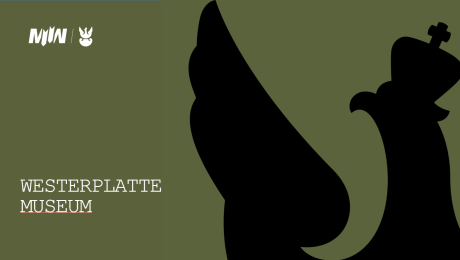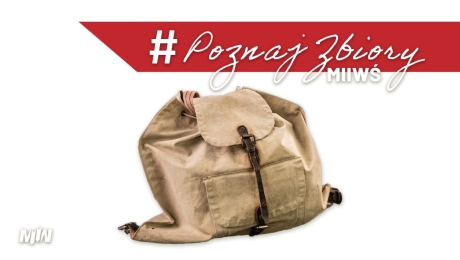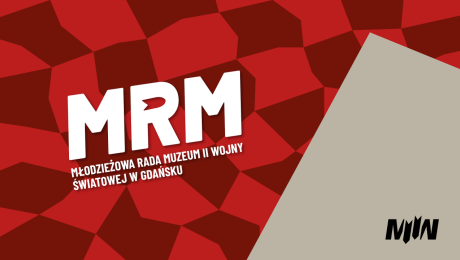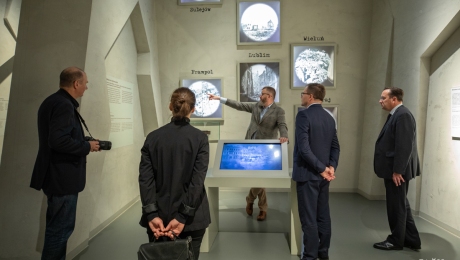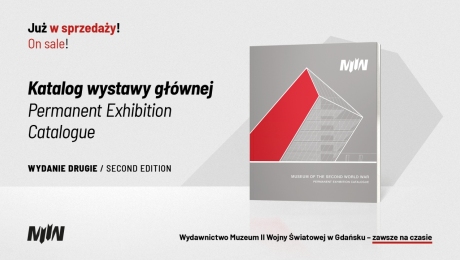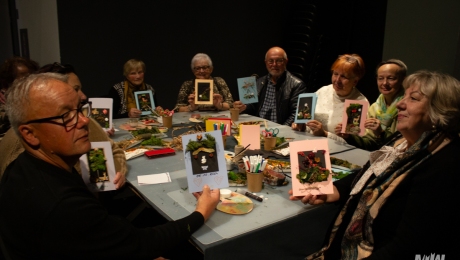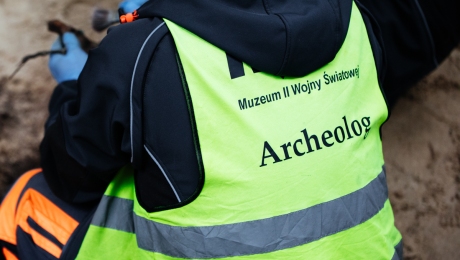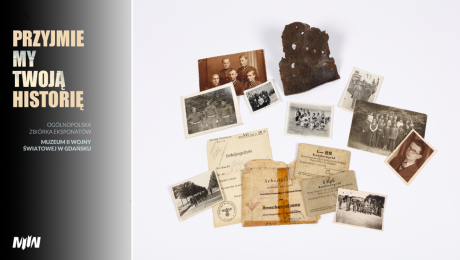Aktualności
Today, as part of our #DiscoverMSWWCollections series, we present a backpack sewn during the Warsaw Uprising for the Baran family, fire victims who lost their home and most of their belongings. German forces destroyed and burned Warsaw’s buildings both during combat and through deliberate actions. Warsaw, 1944.
On October 21st, the selection committee convened and chose the new members of the Youth Council of the Museum of the Second World War for the 2024–2027 term.
The principal mission of Westerplatte Museum - Branch of Museum of the Second World War in Gdańsk is to preserve, maintain, and revitalise the former military architecture complex of Westerplatte.
On Monday, October 14th, the Museum of the Second World War was visited by the German Minister of State Carsten Schneider, Federal Government Commissioner for Eastern Germany, along with his delegation from the Federal Chancellery. The guests were guided through the permanent exhibition by Dr.
We are excited to announce the release of our new publication—the English version of the catalogue for the main exhibition at the Museum of the Second World War (MSWW). It is now available for purchase.
The ‘Weekend for Seniors with Culture’ at the Museum of the Second World War in Gdańsk took place on October 5th-6th, as part of the annual event organized by the Ministry of Culture and National Heritage.
Today, October 4th, 2024, archaeologists from the Museum of the Second World War uncovered human remains and a Mauser rifle casing near a field artillery position, in one of the bunkers used by the Polish Transit Depot crew in September 1939. The remnants of clothing suggest that the remains belong to a civilian.
As part of the 2024 National Collection of Artifacts campaign, ‘We Will Preserve Your History...’ staff at the Museum of the Second World War in Gdańsk received a collection of mementos associated with the Stróżyński and Pater families.
Archaeologists from the Museum of the Second World War in Gdańsk have made another significant discovery at the site of a Polish artillery position on Westerplatte, where they uncovered three human skeletons.
